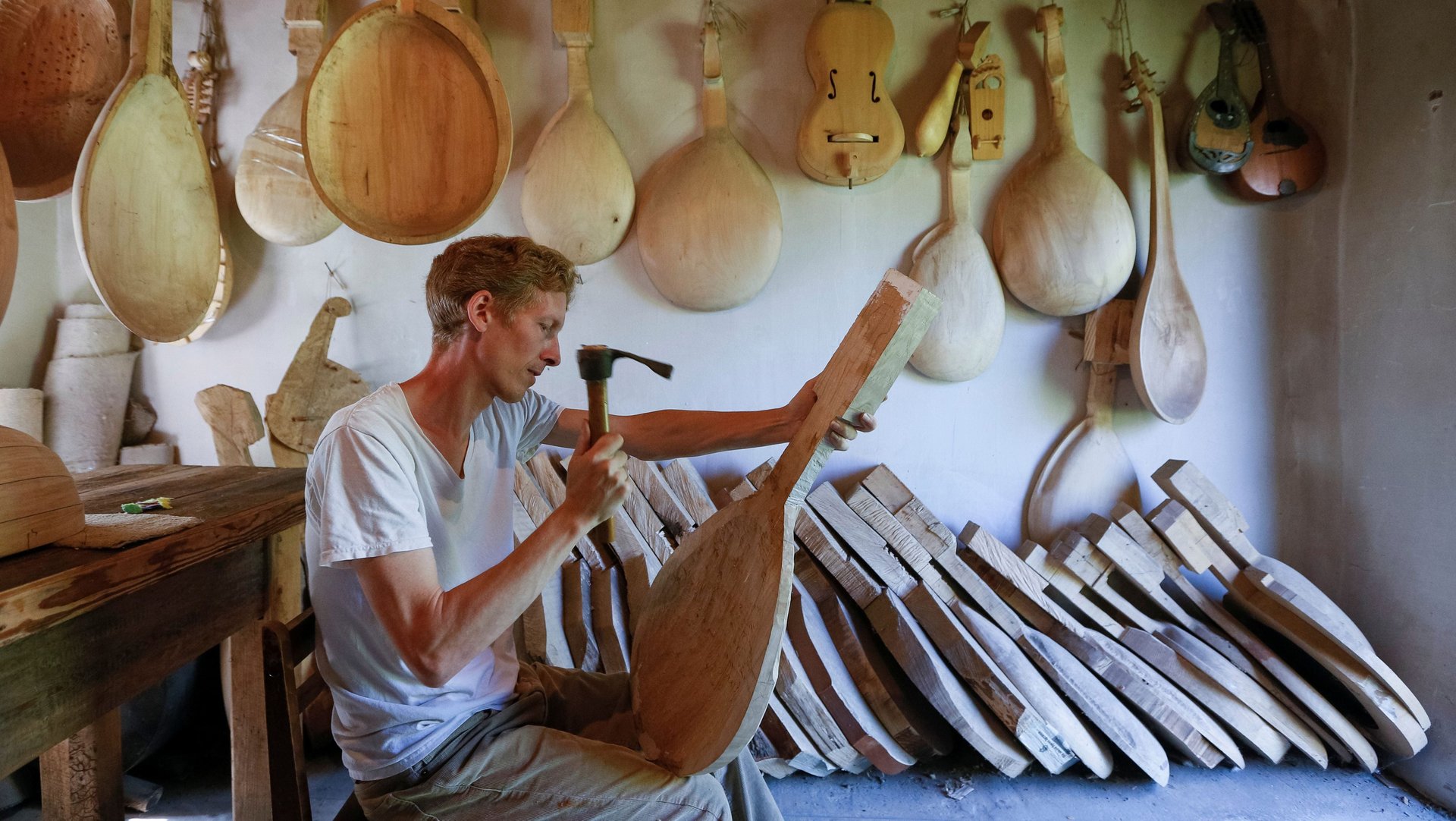The best way to discover new music? Listen to the old stuff
In the age of streaming, people are all about discovering new music. I’m here to tell you that discovering old music is better.


In the age of streaming, people are all about discovering new music. I’m here to tell you that discovering old music is better.
Now, I’m not one of those nostalgic types who wears old-timey hats and only listens to 16th-century lute music (though I recommend doing so). What I’m saying is that if you are feeling an urge to hear something different, unlike the song you’ve been playing on repeat all week, you should look to the past, not the present.
That’s not how it usually works in our current era, in which the hunt for new sounds generally begins with algorithms. Spotify has a weekly playlist of songs it thinks you’ll like. Last.fm has elaborate networks of “similar artists.” Command Alexa to “play some jazz,” and it’ll queue Miles Davis right up. The thing is, these algorithms are chronologically limited. They focus on “similarity.” And almost always, the thing that sounds most similar to X will be contemporaneous with X. Last.fm says Stevie Nicks is “similar” to Fleetwood Mac. No shit, she was in the band!
Sometimes that’s useful—but it’s not exactly expanding your musical horizons. If you want to hear something fresh, it’s best to think of musical discovery as a kind of genealogical project.
Start with an artist you like, and find out who their influences were. Then keep working your way backward. Eventually, you’ll hit some type of traditional folk music—sort of like how many words in English can be traced back to a Greek or Latin root.
This method might lead you to some scary, unexpected places—many musical paths make a jarring stop at “Igor Stravinsky.” But that’s ok! Just keep in mind that the music you already love, by the artist you started with, probably wouldn’t have happened without those classic Lithuanian jams.
Unfortunately, there’s no app or algorithm that can generate genealogies for you. This is part of the downside of algorithms in general—they’re optimized to show us the stuff we’ll probably like, which means they’re risk-averse. An algorithm that only half of the time suggests music you enjoy will be considered a failure. But we should be pushing ourselves to take just a bit more risk with music—otherwise we get stuck in an infinite loop of “similarity.”
The simple, manual algorithm for finding new sounds
The next time you’re looking for some new sounds, try ditching Discover Weekly for this manual, but ultimately more rewarding, algorithm:
- Google around, looking particularly at Wikipedia and the website AllMusic, to find an artist’s influences.
- Listen to a few of these influences, and pick the artist you like the most—or whichever is the weirdest.
- Then find out who that artist was influenced by, and listen to those people.
- Repeat these steps, going further back in time, until you hit some kind of traditional folk music.
Let’s try it with musician Frank Zappa. He’s a good example because his music is singularly weird, so there’s not a lot that is obviously similar to it.
AllMusic tells us that, in 1955, Frank Zappa “had become a fan of avant-garde classical music, particularly the work of Edgard Varèse,” a 20th-century French-American composer. So we can listen to Varèse for a while, then keep going. According to Varèse’s Wikipedia page, he was into composers Erik Satie and Claude Debussy, among others. (Including, I must add, Stravinsky. I promise I didn’t plan it this way.) Wikipedia also says that Varèse was “greatly impressed by” medieval music, and conducted choirs performing it. Specific artists aren’t so much of a thing before the Renaissance, but Google around for “medieval choral music” and you will certainly find interesting things to listen to. In this case, it didn’t take long to get to the folk lute.
Often, this journey turns into a delightful choose-your-own-adventure. Hip-hop artist and Pulitzer Prize winner Kendrick Lamar says Tupac Shakur is one of his favorite rappers. Tupac is complicated. He studied jazz and sampled Herbie Hancock. Herbie played with Miles Davis, who in turn played with Charlie Parker. Parker listened to Lester Young, who would have had no choice but to listen to Duke Ellington. And Ellington learned from ragtime, an American folk tradition. But Tupac was also into Irish pop, like Sinéad O’Connor. You could follow O’Connor back in time to Bob Dylan, then Woodie Guthrie, then African American spirituals, and even (tenuously but temptingly) West African folk. Or you could trace O’Connor to the folk music of the British Isles, like the English singer Anne Briggs, or straight-up Irish jigs.
That’s already a ton of new music to listen to. Music that is, in its essence, “similar” to the artist you started with, but may sound completely different. This isn’t about learning musical history or anything like that. That may be a nice bonus. But it’s mainly about finding new sounds to get excited about, music that sounds truly fresh. To do that, the best direction to look is backward.